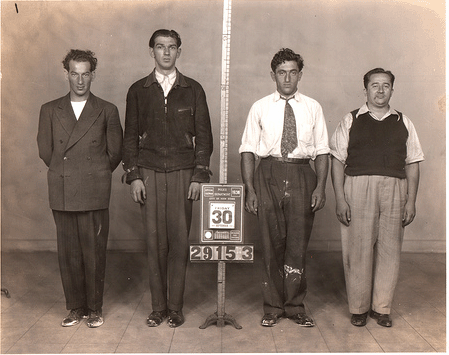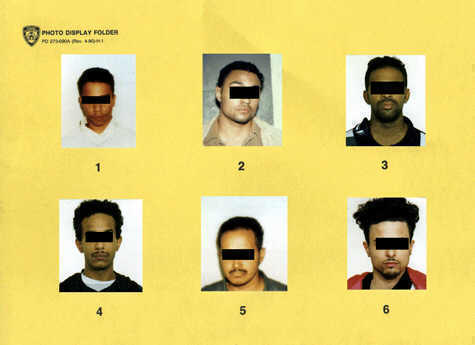Showups, Lineups, and Photo Arrays: Difference between revisions
| Line 21: | Line 21: | ||
Yet another form of identification that occasionally occurs is a composite sketch. Typically, a composite sketch is created either by computer, or with the assistance of an artist, at the direction of the eyewitness shortly after the crime has occured. | Yet another form of identification that occasionally occurs is a composite sketch. Typically, a composite sketch is created either by computer, or with the assistance of an artist, at the direction of the eyewitness shortly after the crime has occured. | ||
[[File:compositesketch.jpg]] | |||
==Notes== | ==Notes== | ||
<references/> | <references/> | ||
Revision as of 12:07, 4 July 2010
Eyewitness identification evidence is extremely persuasive evidence for a criminal prosecution. Eyewitness testimony is powerful because we assume it to be the most reliable. However, studies have shown that eyewitness evidence is often mistaken and that eyewitnesses are prone to suggestive identification procedures. The problem of eyewitness misidentification is often exacerbated by out-of-court identification procedures.
The United States Constitution's Fifth Amendment privilege against self-incrimination does not extend to identification procedures that include blood [1] or handwriting [2], fingerprints, x-rays, etc. However, if an identification is unusually invasive it may be inadmissible for other reasons. For instance, in Winston v. Lee, the U.S. Supreme Court held that forcing a defendant to undergo surgery which requires general anesthetic in order to obtain evidence violates the Fourth Amendment prohibition against unreasonable search and seizure when the evidence is not absolutely necessary to convict the defendant.[3]
A jury may draw adverse inferences from a defendant's refusal to participate in an identification procedure. [4]. Courts may use coercive methods such as imprisonment or contempt of court to force participation in identification procedures.
Showup
Lineup
Photo Array
Composite Sketch
Yet another form of identification that occasionally occurs is a composite sketch. Typically, a composite sketch is created either by computer, or with the assistance of an artist, at the direction of the eyewitness shortly after the crime has occured.


